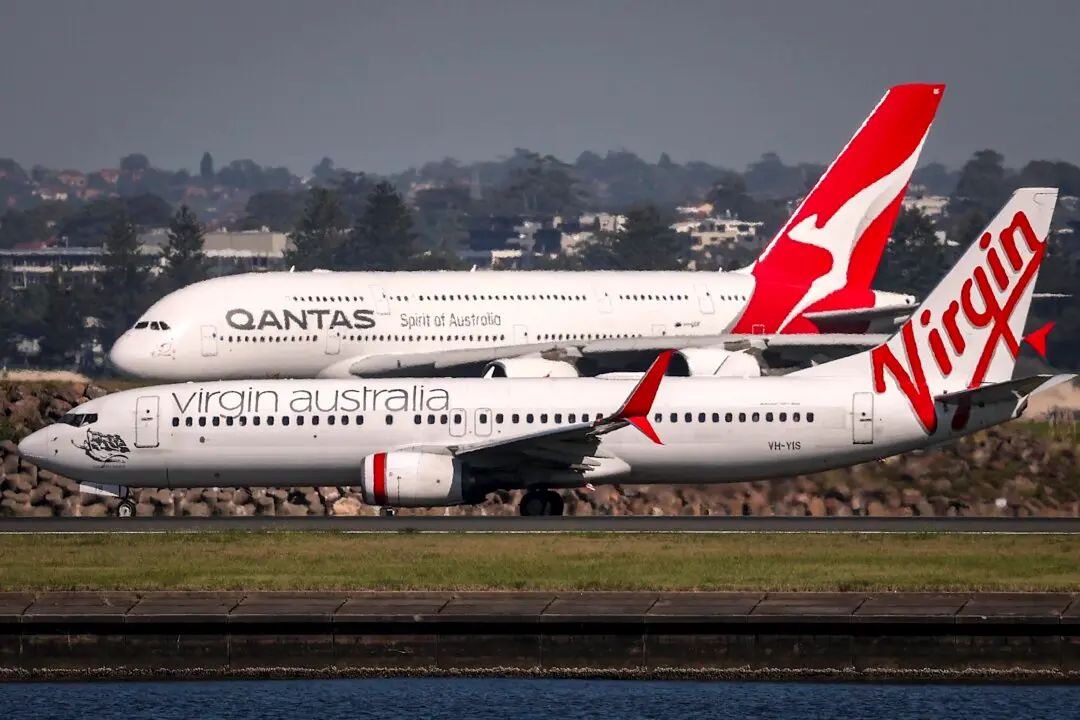Economists have predicted that Australian retailers will see their sales slowing down in the second half of 2022 as consumers are reducing their spending due to living cost pressures and interest rate hikes.
The report predicted that retail turnover growth would drop from 3.4 percent in 2022-2023 to 0.8 percent in 2023-2024 before bouncing back to 1.2 percent and 1.8 percent in the following two financial years.
In addition, Australian households were expected to slash spending on non-discretionary goods and services like fuel, housing and health. This would add more pressure to other spending categories.
Nevertheless, Deloitte Access Economics partner David Rumbens said it was somewhat encouraging for businesses in the sector to see lower shipping costs at certain points in time.
“For now, though, businesses may need to look to ways to lower costs and reduce disruptions to operations to avoid losing competitiveness,” Rumbens said.
To achieve this goal, firms have to diversify their production and establish more robust supply chains.
“With wage pressures high, businesses may need to maximise staff retention as much as possible through investment in the likes of training, talent pipelines and automation,” he said.

Piecing everything together, Rumbens said retail performance in the remaining of 2022 would trend down in the face of inflating living costs, higher interest rates and preference for spending on services.
Furthermore, he said the above forecast might lead to lower retail spending in 2023 and 2024.
“That means the speed of return of net migration will become a significant driver of retail’s future growth prospects,” he said.
Nevertheless, this relief was short-lived as petrol prices jumped to above $2 per litre (US$5.26 per gallon) due to global oil pressures caused by the Russia-Ukraine war.
Among the capital cities, Melbourne’s petrol prices were the highest at $2.13, while Sydney experienced the most significant price growth at 13.8 percent.





